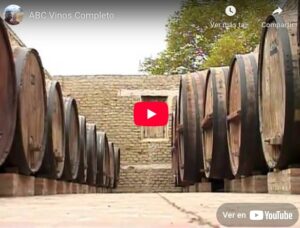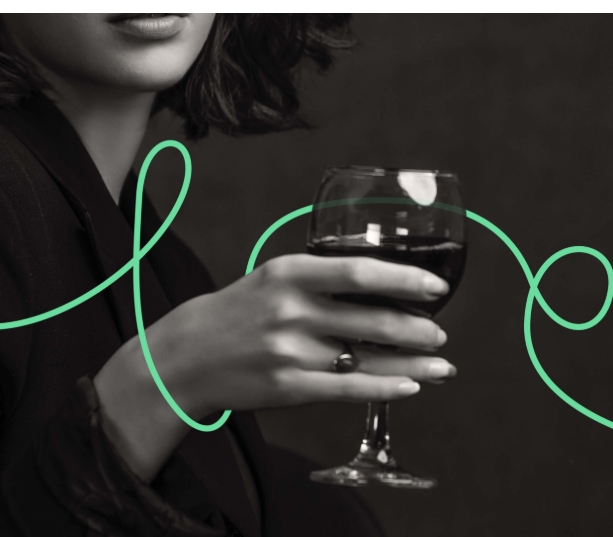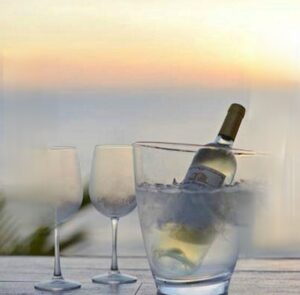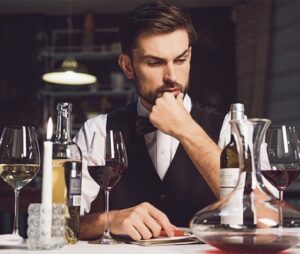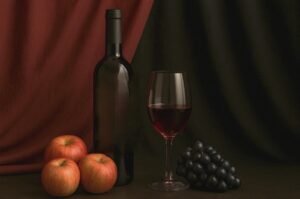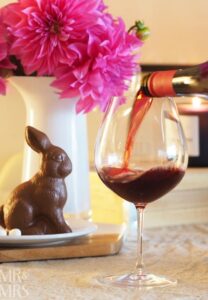Featuring Top Sommeliers
Emma Ziemann: What it takes to be Sweden’s top sommelier
“Working with three different a la carte menus, including one where the customer chooses the wine first and then the kitchen adapts the food to match…”
Charismatic sommeliers often make specific, thoughtful choices during wine tastings that elevate the experience for guests.
“First of all, I liked wine. But then I got fascinated by the fact that you could combine so many different topics into one subject. As a sommelier you need to grasp everything from chemistry, history, geography and much more at the same time as you need to show social skills, be capable at a handicraft and work with flavours and aromas. It is endlessly versatile but in the end everything boils down to make your guest experience something very special – the wine is the medium but it is packaged in ambience, service and knowledge.”
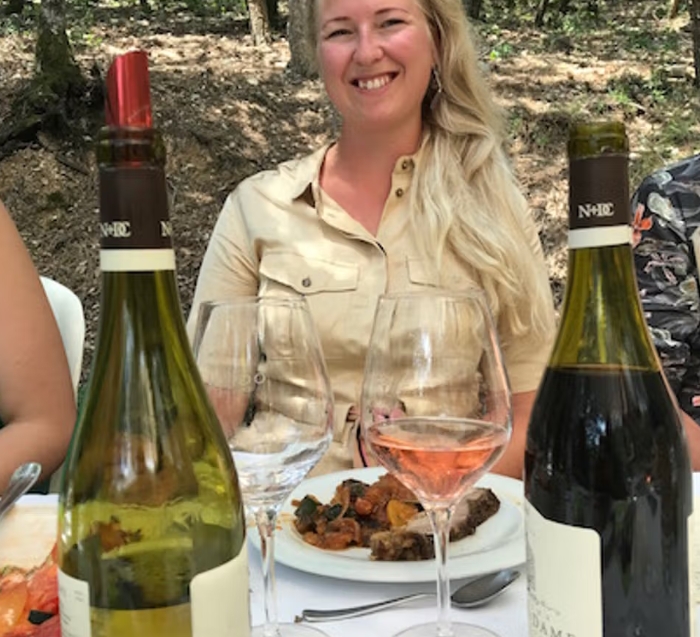
Who has been the greatest inspiration in your career so far?
“Hard questions! I have met so many people that inspired me in so many ways just through their effort and passion, many of them just by being there or working beside me. Most important to my success would be the ones I have met during the competitions.”
This fine Sommelier has achieved distinction and recognition in her field and continues to enjoy and experiment for the purpose of developing the guest experience of the wines presented:
“I like to be challenged; determination which comes from that “I-am-going-to-show-them” feeling is very effective on your progress. One of the people that has evoked that within me would be Sören Polonius (nowadays also my coach in Swesomm, the Swedish national team), Ellen Franzén that is both friend and perpetual opponent and Gustav Cansund that been my sparring partner for years now.”
If you could have just one white wine and one red wine what would they be and why?
“At the moment I would be delighted with a F.X. Pichler ‘Unendlich’ Riesling Smaragd 2007 from Wachau. It is just such a beautiful expression of Riesling, intense, clean and precise. Lobster season in Sweden is a big thing on the west coast where I live. I would like to have a chilled glass of this with gratinated lobster after a long day at sea.”
Or Terroir Al Limit “Les Tosses” 2012 from Priorat, Spain.
This is one of my goosebump-wines, the first time I tasted it was in the vineyard itself looking out over Priorat’s breathtaking landscape with those aromas from dusty earth, wild rosemary and pink peppercorn in the background. This followed by a stunning barbecue in the sunset. Still a bit young I know, but I still dream of that perfect moment and looking forward to revisit that place in my mind when I can open one of these again. Even if I know that it will be worth the wait if I can hold on just a little while longer…”
Emma shares some great choices and insights and we looked at some tips for ground-breaking pairings and introductions:
Wine Selection
- Curate with a story: Wines with unique origins, small producers, or unusual varietals and interesting anecdotes.
- Balance familiarity and surprise: Mix crowd-pleasers (e.g., Pinot Noir, Sauvignon Blanc) and adventurous picks (e.g., Assyrtiko from Santorini or a Jura Savagnin).
- Seasonal/contextual pairing: Selections align with weather, cuisine, or event theme; add drama or lightness to an occasion.
Presentation Style
- Set the scene: Describe wines using vivid, sensory language and metaphors (“like biting into a ripe peach under the sun”), unforgettable comparisons: ‘The tyre hits the road with that smoky tone’ (Our Team love that one!)
- Use humour and warmth: Maintain approachability and charm without pretension.
- Tailor to the audience: Explain simply and clearly and create a fun encounter experience! Based on the guest’s knowledge level, respect knowledge and encourage novices.
Tasting Ritual
- Guide the pace: Encourage guests to observe, swirl, smell, and sip mindfully, helping them understand how to evaluate wine and take the time to feel it.
- Highlight structure: They talk through acidity, tannins, alcohol, and body clearly and enthusiastically.
- Prompt engagement: They ask guests for their impressions (“What fruit do you get on the nose?”) to invite conversation.
Educated Risks
- Introduce blind tasting: Engage guests and remove biases, some sommeliers incorporate blind pours and ask participants to guess grape, region, or style.
- Challenge and Pioneer: Contrast natural wines vs. conventional, or offer aged whites to showcase lesser-known wine styles.
Creating Emotional Connection
- Personalise choices: Recommend wines based on a guest’s mood, personality, or recent experiences, or create excitement by introducing new ideas.
- Share passion and quirks: Enthusiasm is contagious! Even if it is to obsess over soil types or wax poetic about a vineyard visit, tell your story!
Some links and downloads we enjoyed in the writing of this post!
Source Article: The Buyer with Emma Ziemann, Sweden’s Top Sommeliere
London Wine Fair: Sommelier Insights and Enhancing Guest Experience
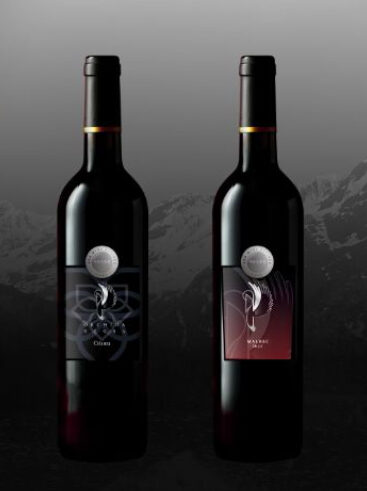
London Wine Competition Insights: The 10 Most Renowned Sommeliers

Wine Processing Stages to Sommelier
